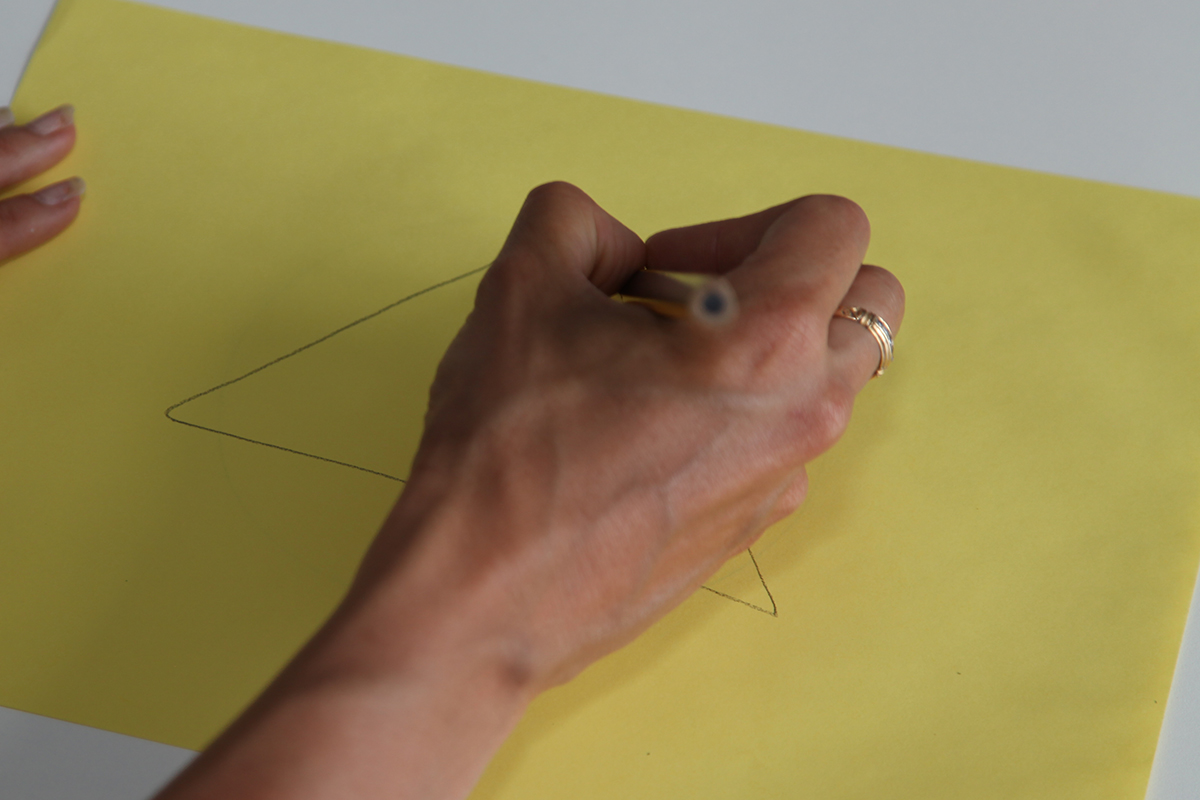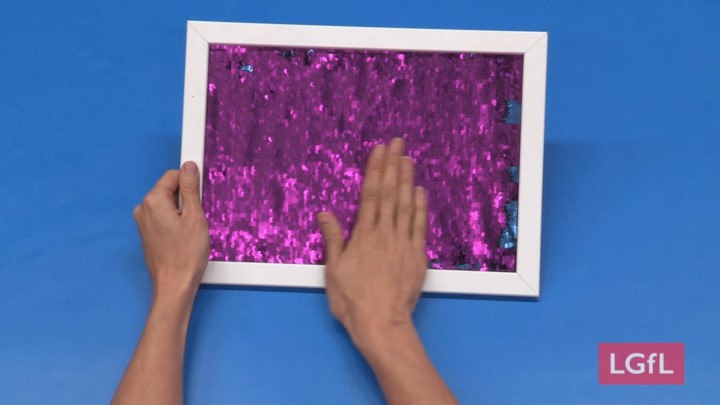2G: Handwriting practice
There are many techniques and programmes you can use to practise handwriting skills. Whilst we cannot go into fine detail within this resource, here are a few ideas.
Click the arrow to expand each one or click here to expand all of the examples below:

Dig Deeper
The "Handwriting Practice" presentation on this page provides more detailed information and the video "Tactile Fabrics" shows a really nice multisensory activity to use for practising letter formation.

Thinking Points
- Learning to handwrite can be a deeply frustrating experience for some learners. Always try to keep in mind way that you can make this fun and engaging, especially for older children or those struggling to develop their handwriting

Supportive Resources
There are many resources on LGfL that support writing in many different ways. Below we have listed two that are particularly helpful in regard to handwriting activities.
- www.busythings.lgfl.net – Lots of excellent and fun activities for drawing shapes and letter formation
- www.multisensorylearning.lgfl.net – The Literacy section within Multisensory Learning gives some great advice on using a multisensory approach to support writing





